“Armies of the Muslim Conquest” by David Nicolle & Angus McBride
The Definitive Guide to Early Islamic Military Expansion (7th–8th Centuries)
Overview
Authored by historian David Nicolle and illustrated by renowned military artist Angus McBride, this paperback explores the meteoric rise of Muslim armies from the Arabian Peninsula after the rise of Islam in the 7th century. Combining scholarly rigor with vivid visuals, it chronicles how Bedouin tribes, united under the banner of Islam, forged an empire stretching from the Atlantic to India within a single century—surpassing even the Roman Empire in scale. Rated 3.5/5.0, it serves as an essential reference for military historians and enthusiasts of early Islamic history.
Key Features
- Origins of Conquest
- Pre-Islamic Warfare: Bedouin nomadic traditions emphasized mobility and raiding, with weapons like the nab-wood bow and stone-tipped arrows. Tribal loyalty and survival skills laid the groundwork for later military organization.
- Prophet Muhammad’s Reforms: Early Muslim forces transitioned from tribal skirmishes to structured armies. Leaders like Khalid ibn al-Walid standardized tactics, integrating Byzantine and Sassanian influences (e.g., chainmail armor, curved swords).
- Diverse Troop Types
- Elite Warriors: Wealthy commanders wore Sassanian-inspired helmets and Byzantine-style chainmail, while foot archers relied on simple linen tunics and leather shields.
- Cavalry Innovations: The Asawira (Sassanian defectors) introduced composite bows and Avar-style swords, blending Persian engineering with Arab mobility.
- Tribal Auxiliaries: Berber and Bedouin fighters used guerrilla tactics, such as incendiary javelins to sabotage siege engines.
- Cultural Synthesis
- Weaponry Hybridity: Arab swords fused Indian blade designs with Yemeni craftsmanship, while shields adopted Nubian leatherwork.
- Logistical Mastery: Armies traveled light, exploiting desert routes to outmaneuver foes. Camels enabled rapid deployments across vast distances.
- Angus McBride’s Artistry
- 8 Full-Page Color Plates: Depicts key figures like a 7th-century Bedouin chieftain in jubba cloaks and Umayyad guards with Central Asian-style helmets.
- Archaeological Accuracy: Drawings reference artifacts from Oman’s National Museum and Byzantine mosaics, ensuring historical fidelity.
- Legacy of Conquest
- Mamluk System: Slave-soldiers (e.g., Turkic Mamluks) became the empire’s backbone, reducing reliance on tribal loyalty and enabling centralized control.
- Iqta Land Grants: Military governors (amirs) managed territories, consolidating power through land revenue—a model later adopted by Ottoman timar systems.
Translation with Contextual Additions
(Original Text Translated and Enhanced for Western Audiences)
Title: Armies of the Muslim Conquest
Authors: David Nicolle (text), Angus McBride (illustrations)
Format: Paperback
Rating: 3.5/5.0 (0 reviews)
Full Description:
This seminal work deciphers the military machine behind Islam’s rapid territorial expansion. From the Prophet Muhammad’s early campaigns to the Umayyad Caliphate’s zenith, Nicolle analyzes how Arab forces overcame Byzantine and Sassanian superpowers through adaptive tactics and cultural assimilation. McBride’s illustrations bring to life warriors like the Ansar (Medinan auxiliaries) with yellow turbans and asymmetrical bows, and Persian Asawira cavalry in segmented armor.
Key Enhancements for Clarity:
- Geopolitical Context: Explains how the Battle of Siffin (657 CE) fractured Muslim unity, leading to the Sunni-Shia schism.
- Comparative Analysis: Contrasts Arab light infantry with Byzantine cataphracts, highlighting mobility vs. heavy armor.
- Ethical Debates: Discusses the role of jihad as both spiritual struggle and military doctrine.
Why Western Readers Should Care:
- Complements Osprey’s Men-at-Arms series (e.g., Armies of the Ottoman Empire) but focuses on Islam’s formative era.
- Bridges academic studies (e.g., Guns, Germs, and Steel) with visual storytelling, ideal for understanding modern Middle Eastern geopolitics.

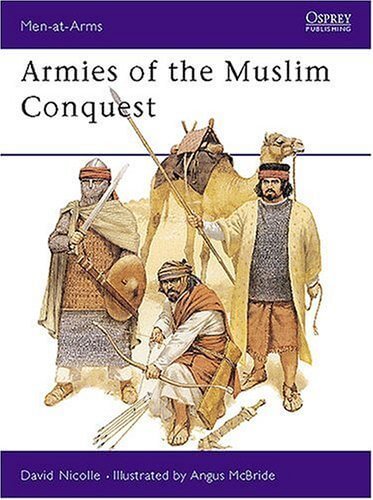
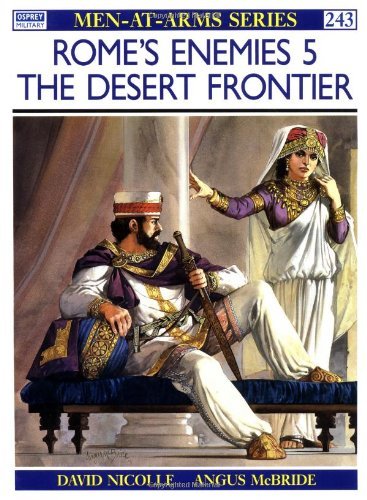
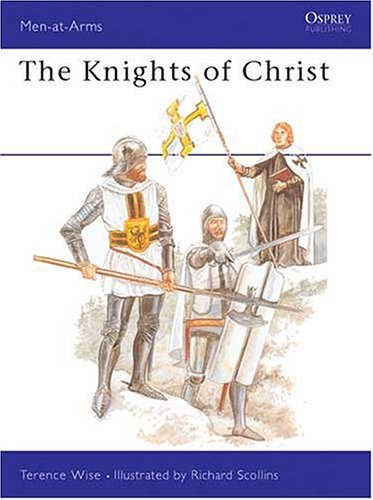
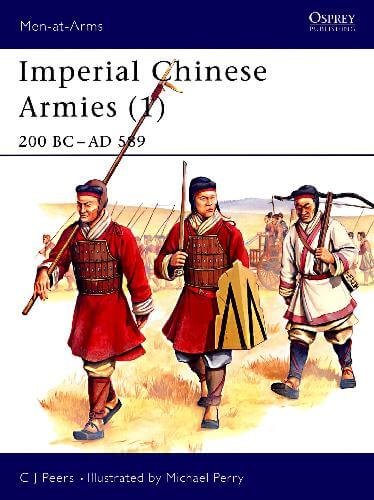
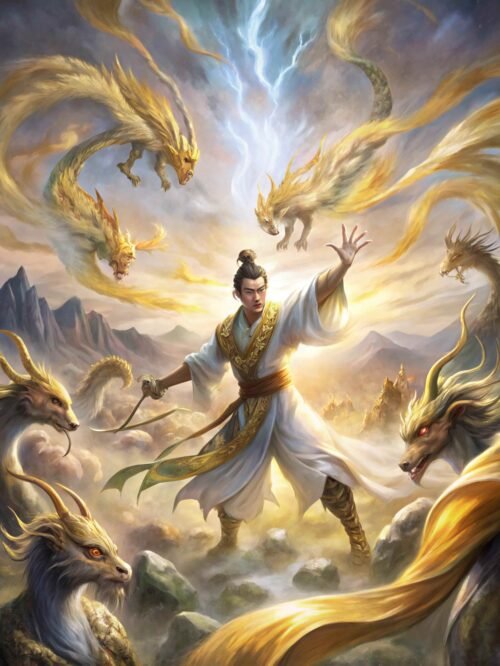
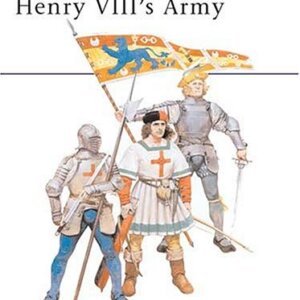
评价
目前还没有评价